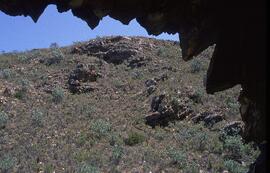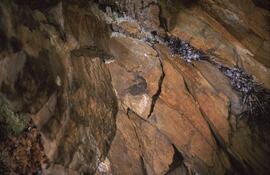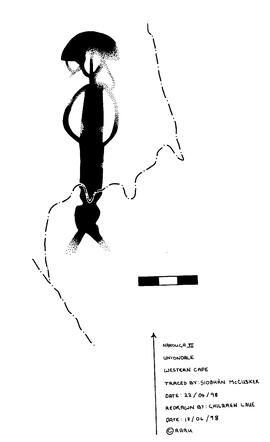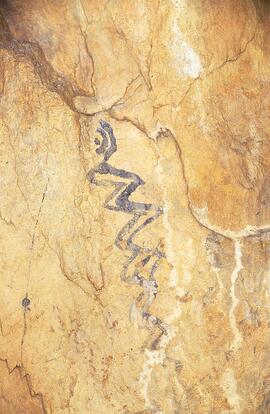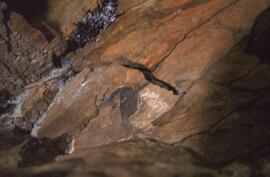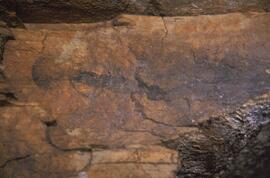Elements area
Taxonomy
Code
Scope note(s)
Source note(s)
Display note(s)
Hierarchical terms
Uniondale
BT Western Cape
Uniondale
- NT De Hoop I 156
- NT De Hoop II 156
- NT Diep Rivier I 168
- NT Diep Rivier II 168
- NT Diep Rivier III 168
- NT Diep Rivier IV 168
- NT Diep Rivier V 168
- NT Diep Rivier VI 168
- NT Diep Rivier VII 168
- NT Elands Drift I 161
- NT Gold Diggings I 148
- NT Kolberg I 1
- NT Loopende Rivier I 53
- NT Loopende Rivier II 53
- NT Loopende Rivier III 53
- NT Narouga I 158
- NT Narouga II 158
- NT Narouga IV 158
- NT Narouga V 158
- NT Narouga VI 158
- NT Narouga VII 158
- NT Narouga X 158
- NT Narouga XI 158
- NT Narouga XII 158
- NT Narouga XIII 158
- NT Narouga XIV 158
- NT Roodeheuvel I 55
